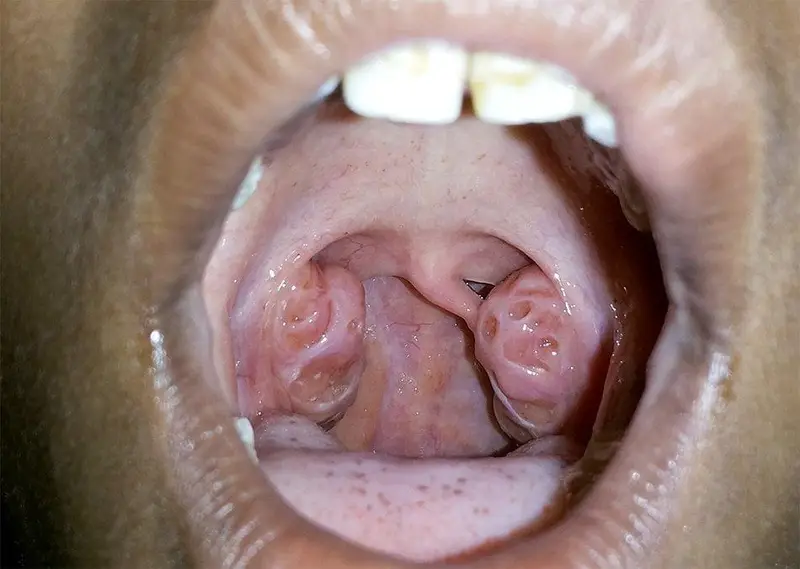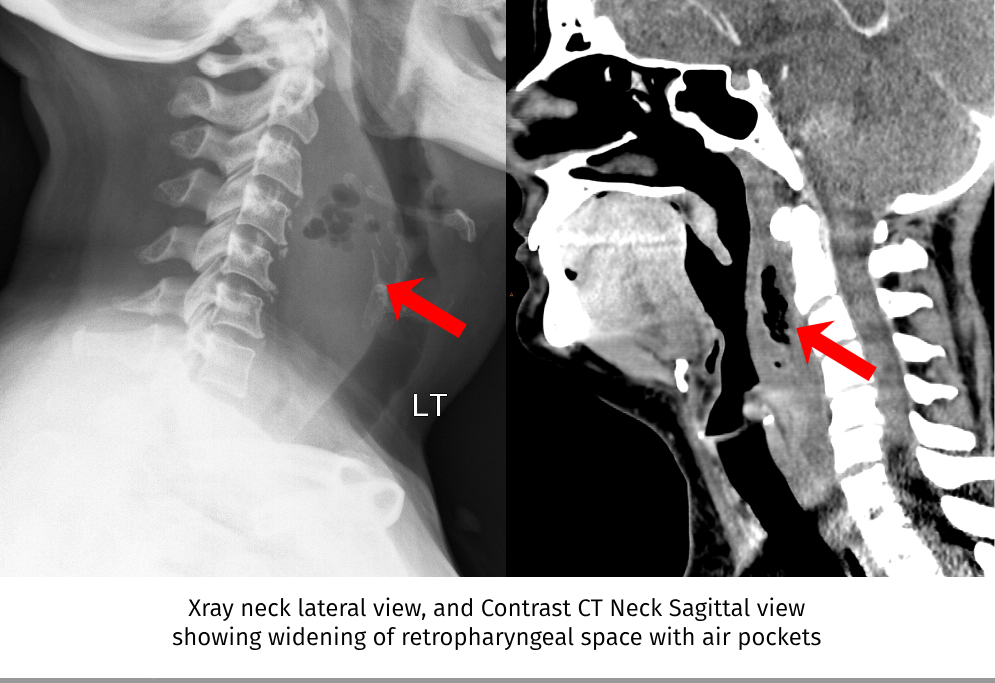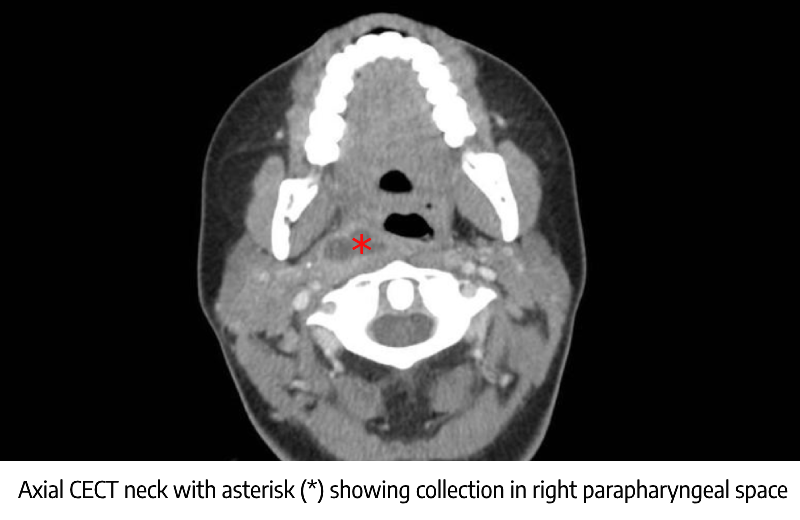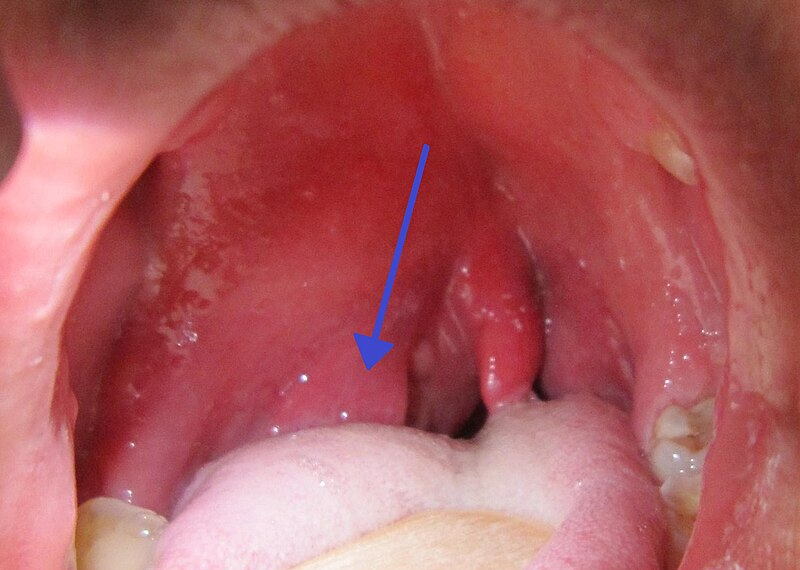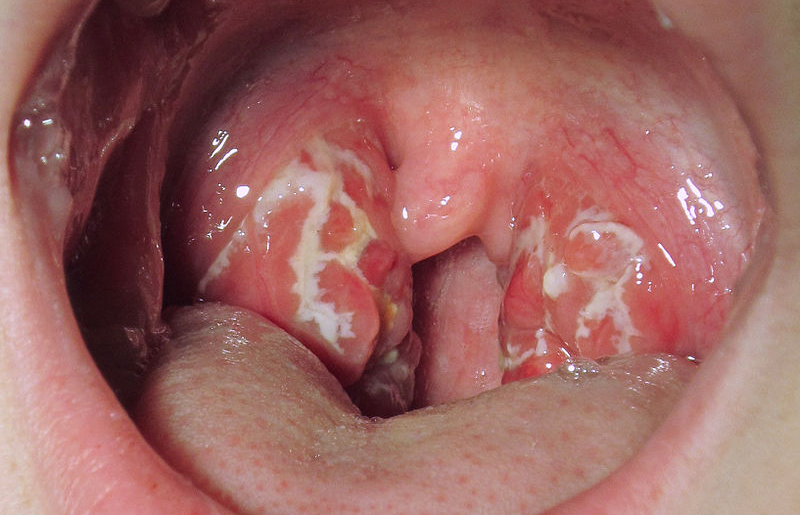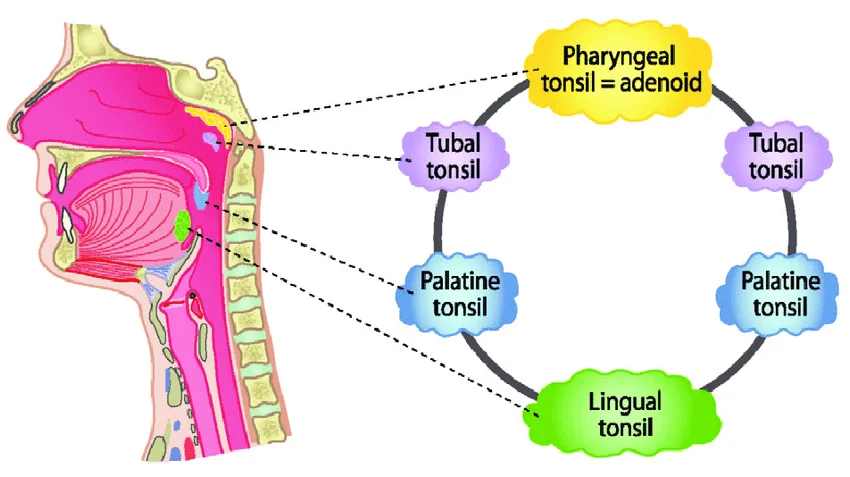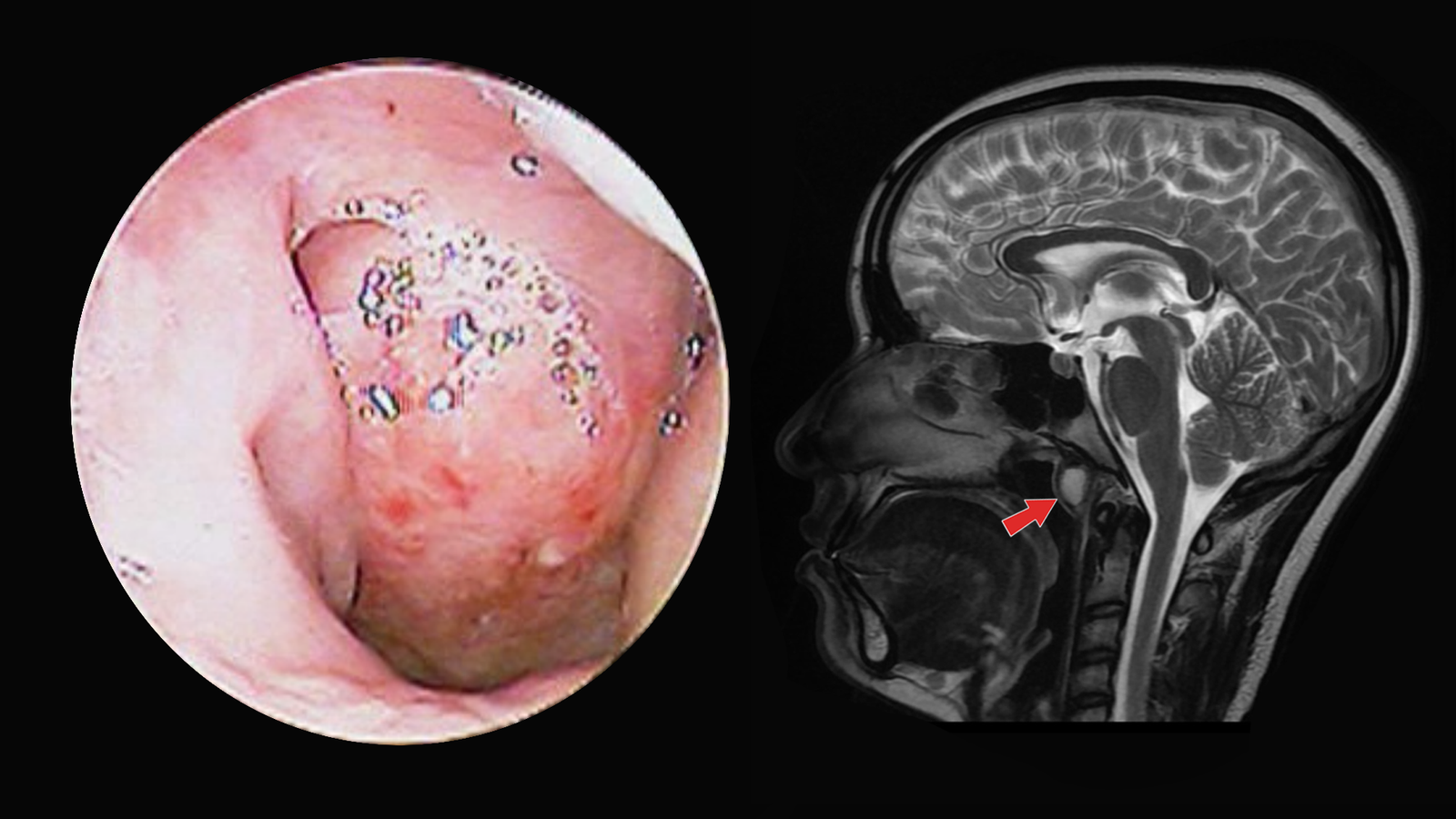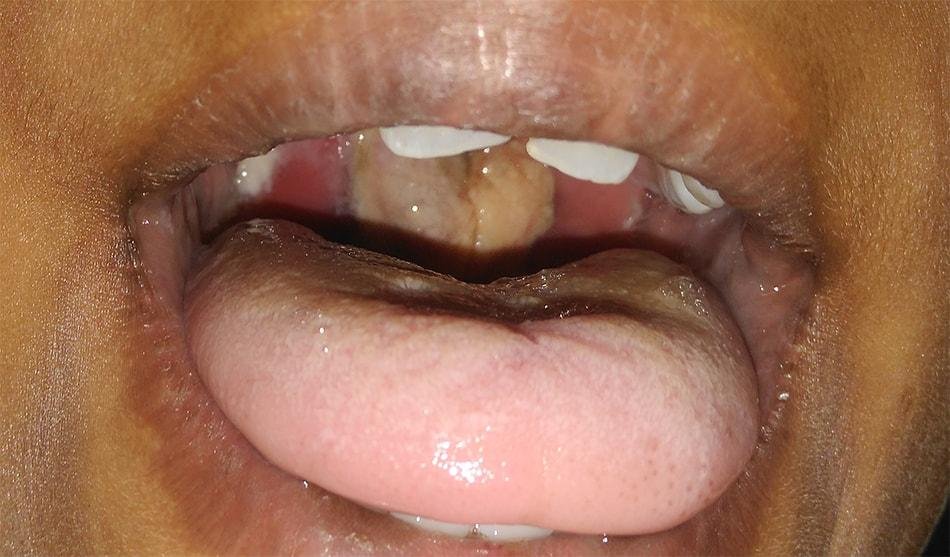“Articles / Chapters” provides a single canonical page on all topics relevant to the practice of otolaryngology. These articles are mainly intended for use by medical professionals.
Tonsillectomy – Indications, Contraindications and Complications
Tonsillectomy is a surgical procedure that involves the complete removal of both palatine tonsils from the back of the throat. This operation is primarily performed to treat recurrent tonsillitis, throat […]
Posted on
Retropharyngeal Abscess – Clinical Presentation and Treatment
Retropharyngeal abscess is a potentially life-threatening condition, when infection tracts to lymphoid tissue between posterior pharyngeal wall and prevertebral fascia. Anatomy of Retropharyngeal space The retropharyngeal space lies immediately posterior […]
Posted on
Parapharyngeal Abscess
Parapharyngeal abscess is a life-threatening infection, due to spread of infection to the parapharyngeal space. Epidemiology Can occur in any age group Most common causes are tonsillitis, peritonsillar abscess, dental […]
Posted on
Parapharyngeal Space Anatomy and Clinical Importance
Parapharyngeal space (PPS) is a potential space filled with fat and areolar tissue, lying laterally on either side of pharynx, bounded and subdivided by various condensation of fascia. It is […]
Posted on
Peritonsillar abscess / Quinsy – Clinical presentation and Treatment
Peritonsillar abscess commonly known as Quinsy is localized collections of pus in the peritonsillar space usually occurs as a complication of acute tonsillitis. Peritonsillar space fibrous capsule of palatine tonsils […]
Posted on
Acute Tonsillitis – Clinical presentation and Treatment
Acute tonsillitis is an inflammatory condition of tonsil lasting less than 3 weeks duration. The tonsils are composed of lymphatic tissue and are a component of Waldeyer’s ring in the […]
Posted on
Anatomy and Physiology of Tonsils
Tonsils are a pair of small, soft tissue masses located at the back of the throat, one on each side. Scientifically, tonsils are part of the lymphatic system and are […]
Posted on
Waldeyer’s ring
Waldeyer’s ring is a ring of lymphoid tissue surrounding the nasopharynx and oropharynx. These are sites of first immunological contact for antigens in childhood. These are also called nasal-associated lymphoid tissue […]
Posted on
What are adenoids? Adenoid Hypertrophy, Clinical features and Adenoidectomy
Adenoids are a subepithelial collection of lymphoid tissue, which is present at the junction of the roof and posterior wall of the nasopharynx. They increase in size up to the […]
Posted on
Tornwaldt cyst – Clinical presentation, Diagnosis and Treatment
Tornwaldt cysts also spelled as Thornwaldt cyst or Thornwald cyst are benign, midline cystic swelling located in the roof of nasopharynx. It is also known as Pharyngeal bursa (Luschka Bursa). The […]
Posted on
Does my child need tonsillectomy? – Indications for pediatric tonsillectomy
Tonsillectomy is a surgical procedure performed with or without adenoidectomy that completely removes the tonsil, including its capsule, by dissecting the peritonsillar space between the tonsil capsule and the muscular […]
Posted on
Clinical practice guidelines for tonsillectomy
Tonsillectomy is the second most commonly performed surgery in the United States with more than 5,30,000 procedures performed on children younger than 15 years each year. Although tonsillectomy is a […]
Posted on
Velopharyngeal Insufficiency
Velopharyngeal Insufficiency (VI) is the inability to temporarily close the connection between nasopharynx and oropharynx, due to an anatomical dysfunction in soft palate (velum), lateral pharyngeal wall or posterior pharyngeal […]
Posted on
Diphtheria
Diphtheria is a life-threatening acute bacterial infectious condition caused by Corynebacterium diphtheriae. The usual site of infection is the tonsils and oropharynx, but the disease can occur in nasal cavities, larynx or […]
Posted on
